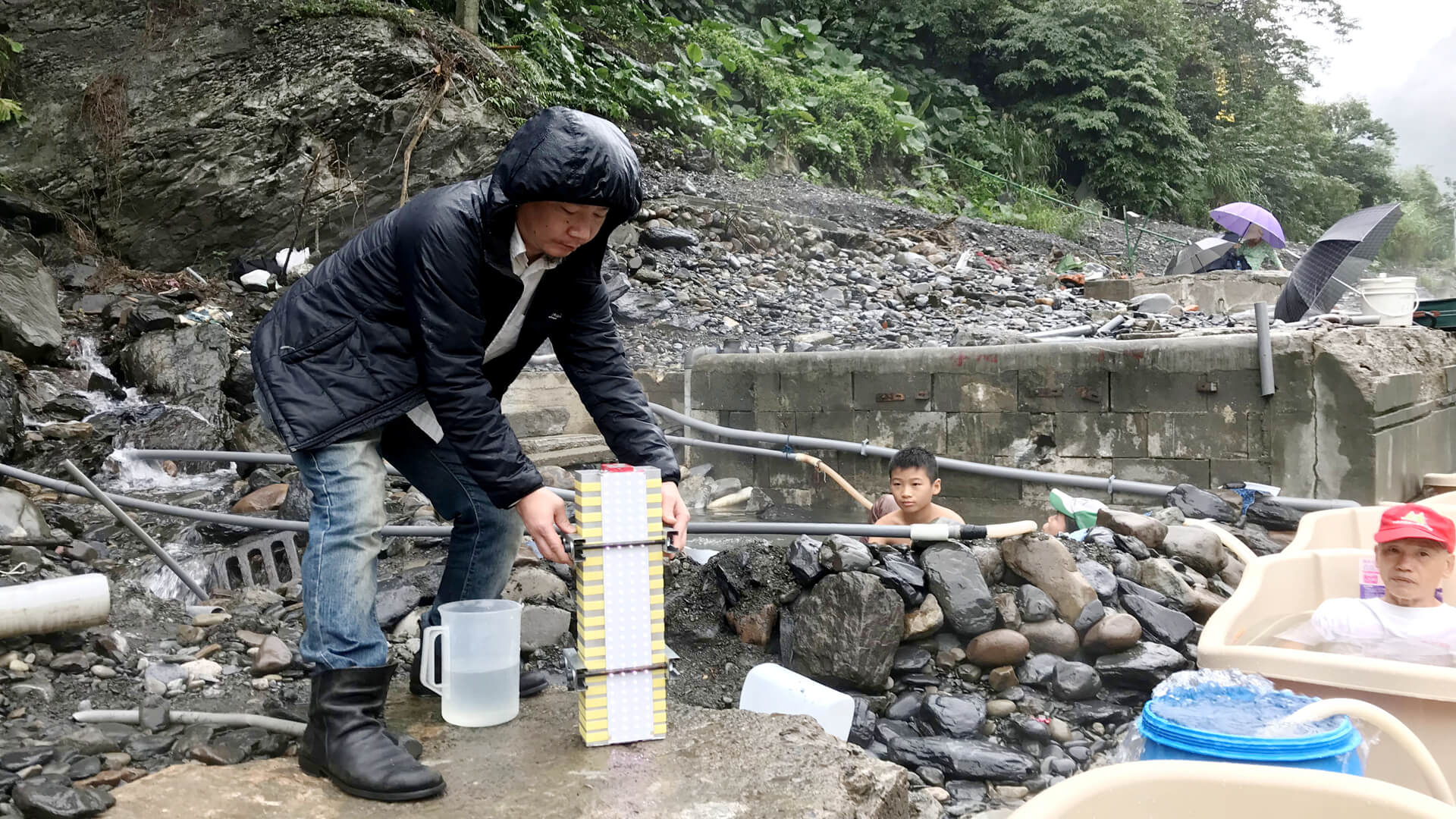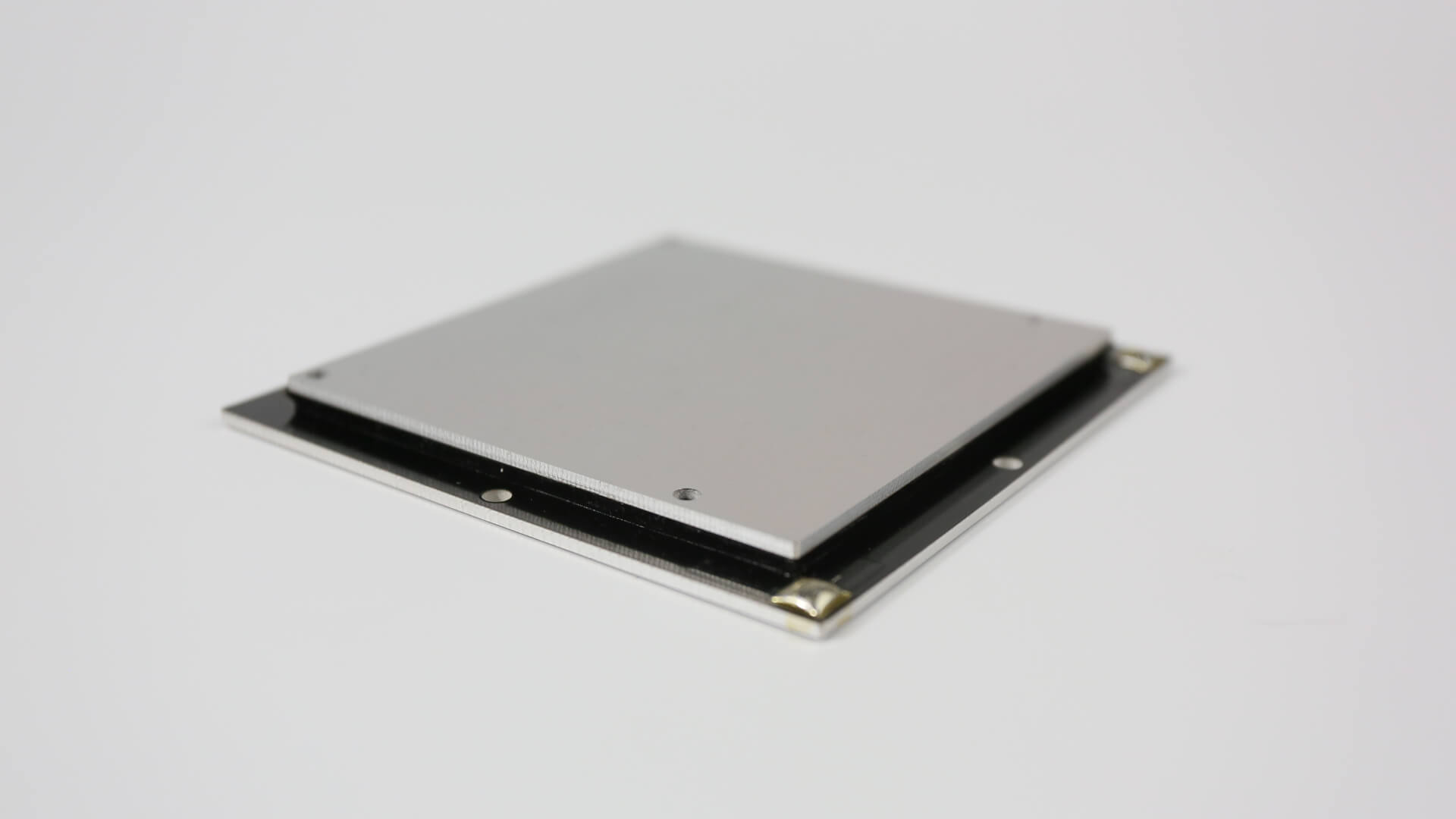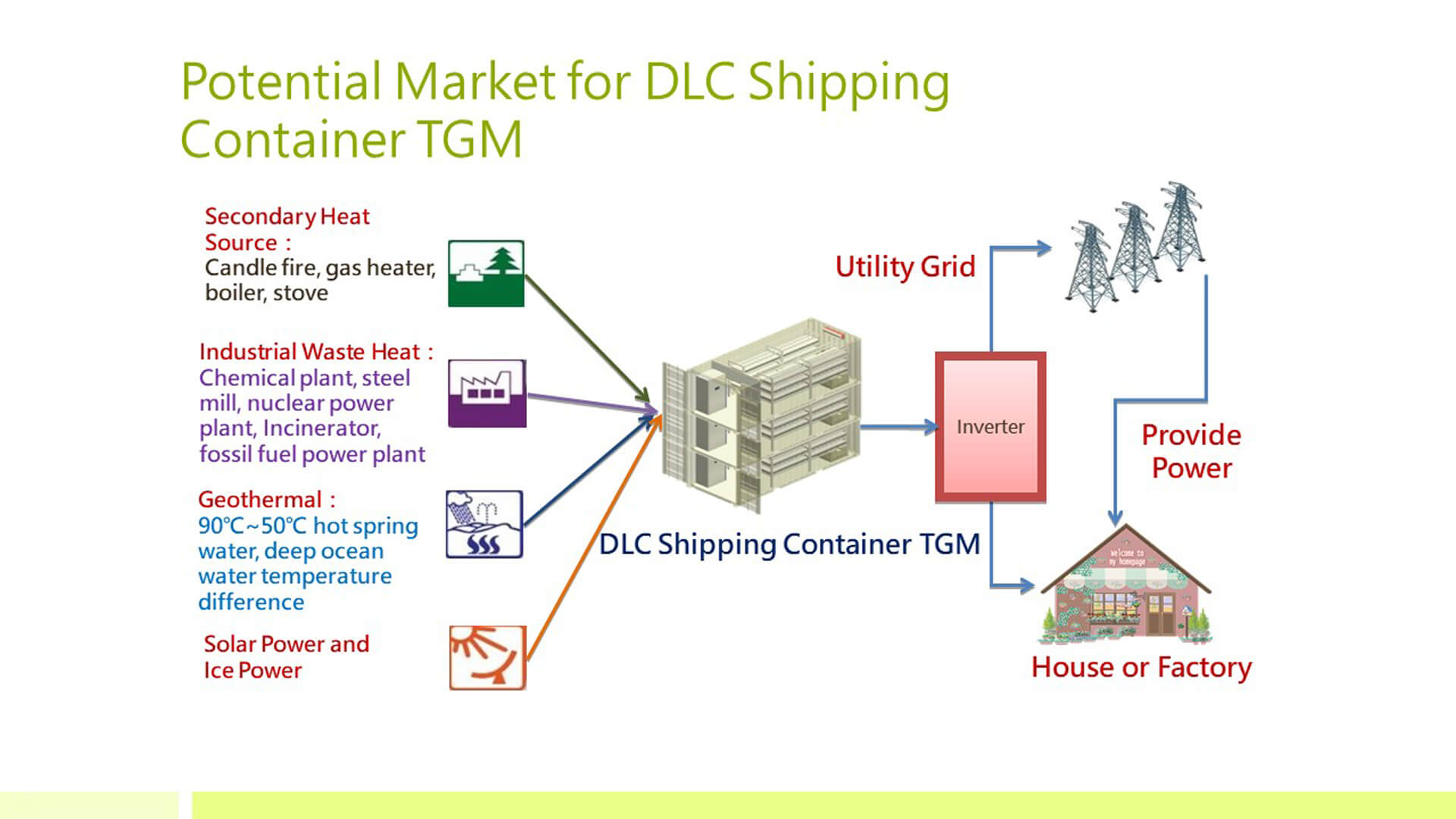A thermoelectric generator (TEG) consists of two thermoelectric semiconductors (n-type and p-type) subjected to a temperature difference, Thot − Tcold, and electrically connected in series through conducting plates on the top and bottom. In the n-type semiconductor, most charge carriers are negatively charged electrons, whereas in the other one most of the carriers are positively charged holes. In a temperature gradient, electrons and holes tend to accumulate on the cold side. An electric field E develops between the cold side and the hot side of each material, which gives a voltage when integrated over the length of each. The voltages of the n-type and p-type semiconductors add up and drive an electrical current through an electrical load, here an electrical resistor. The product of the voltage and the current is the electrical power output of the generator. Thermoelectric generators could be used in power plants in order to convert waste heat into additional electrical power and in automobiles as automotive thermoelectric generators (ATGs) to increase fuel efficiency. Another application is radioisotope thermoelectric generators which are used in space probes, which has the same mechanism but use radioisotopes to generate the required heat difference. TEGs are widely used on lots of applications and people can easily buy it online with very cheap price but over-exaggerated power output. Galaxy PCB applied our patented DLC technology onto TEG which not only increase its performance but also the structural integrity of the product. It can be bolt on any flat surface without additional fixture which make it easier to harvest thermal energy from plenty of heat source






Future Application

Geothermal
Taiwan has reported that more than 1000MW of geothermal power that is under its shallow heat source which is equivalent to 0.3 nuclear power plant. In its deeper crust high temperature heat source, it has more than 30000MW of geothermal power which is equivalent to 11 nuclear power plants. If we can harvest some of the energy from geothermal, we are a step closer to 100% renewable green energy.

Industrial Waste Heat
Waste heat recovery is the practice of capturing hot gas exiting industrial equipment including incinerators, oxidizers, turbines, and gasifiers, and utilizing its energy for other industrial processes. Essentially, waste heat recovery is the practice of reusing heat energy that would otherwise be expelled and wasted. If we can harvest most of its thermal energy, it can increase efficiency and reduce cost of the factory.

Residential Waste Heat
One household is like a small factory, energy can be wasted through drain water or dryer exhaust. All these energy can be captured or even stored for later use. It can reduce the energy cost of homeowner and reduce the overall energy consumption.





